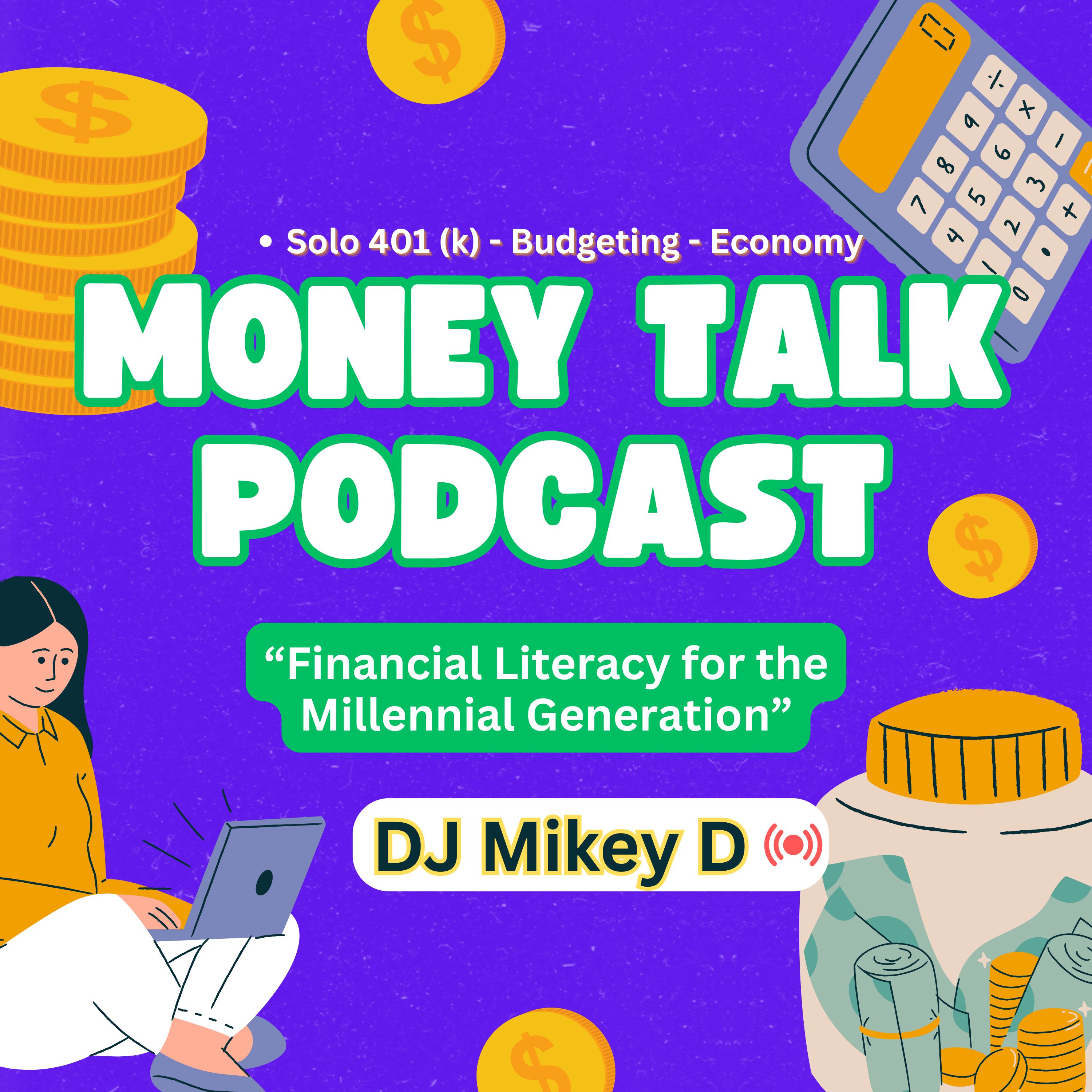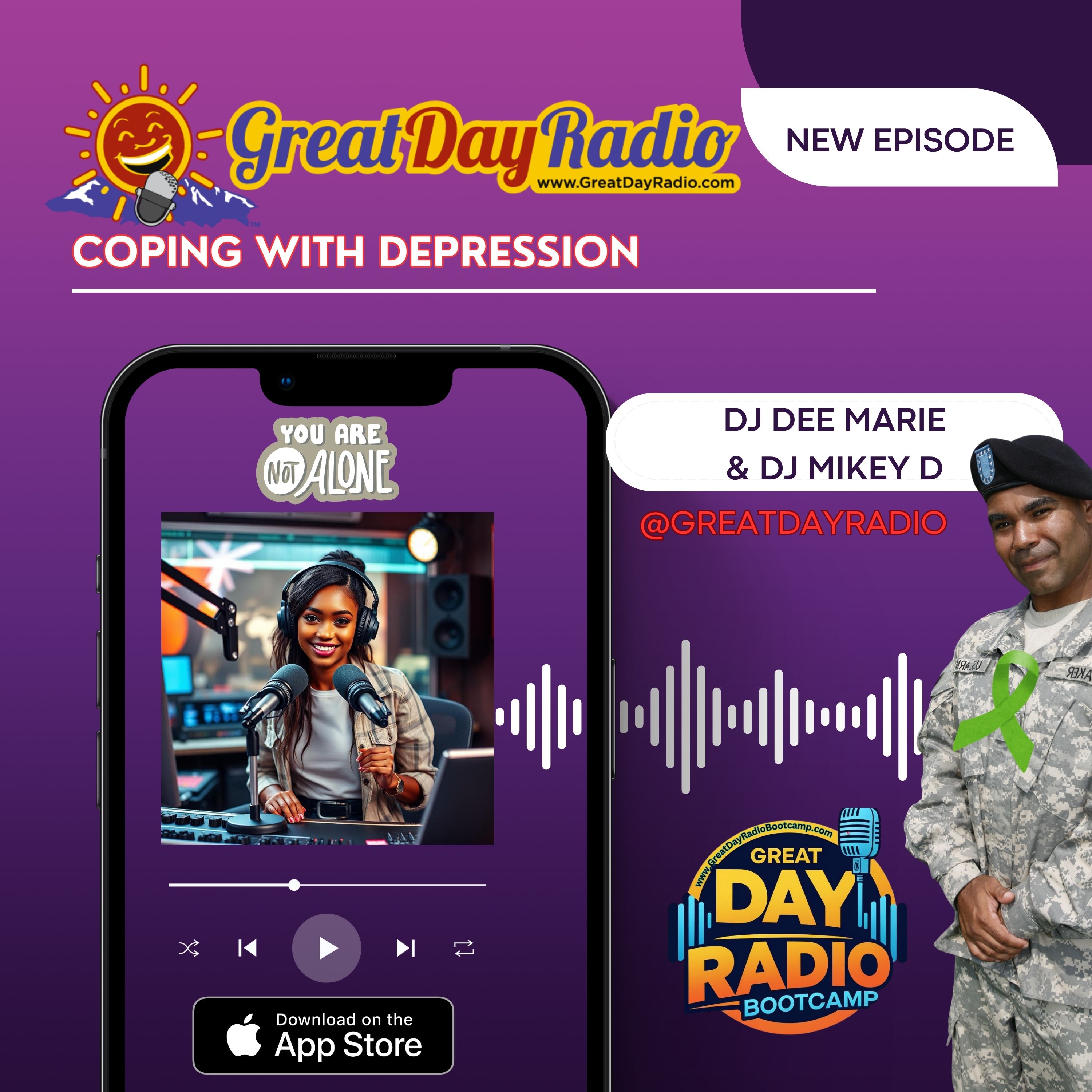
From Solo 401ks to Tariffs: Navigating Today's Economic Landscape
Planning retirement as a self-employed person? Solo 401ks might be your golden ticket with high contribution limits and tax advantages. Learn how to set one up in our latest Financial Freedom podcast episode! #FinancialFreedom #Retirement
Financial freedom isn't just a catchy phrase—it's an achievable goal that requires understanding key financial strategies and economic factors. In our latest podcast episode, we covered three critical areas that can significantly impact your financial journey: Solo 401ks, tariffs, and the fundamentals of financial stability.
For self-employed individuals and small business owners, Solo 401ks represent an exceptional opportunity for retirement planning. These specialized retirement accounts offer substantially higher contribution limits than traditional IRAs, allowing you to save more aggressively for your future. The setup process is surprisingly straightforward: confirm your eligibility (typically requiring no full-time employees except possibly your spouse), select a provider who offers competitive fees and investment options, choose between Traditional and Roth options based on your tax preferences, complete the necessary paperwork, and obtain an EIN if needed. The flexibility to make both employer and employee contributions can significantly accelerate your retirement savings. However, it's crucial to maintain proper records, particularly when your plan exceeds $250,000 in assets, as additional reporting requirements through Form 5500 will apply. Regular reviews of your investments and contribution strategies ensure your retirement plan remains optimized for your changing financial situation.
The ongoing conversation about tariffs represents a complex economic policy with far-reaching implications. Implemented as protective measures for domestic industries, tariffs create a double-edged economic sword. While they can provide competitive advantages for local businesses by leveling the playing field against foreign competition, they simultaneously increase consumer prices and potentially trigger retaliatory measures from trading partners. Small businesses that rely on imported materials or components often face difficult choices: absorb higher costs and reduce profit margins, pass increased expenses to consumers and risk losing business, or seek alternative suppliers at potentially lower quality. The ripple effects extend throughout the economy, potentially influencing inflation rates, job markets, and global trade relationships. Understanding how tariffs might impact your specific industry or business model is essential for developing effective contingency plans and maintaining financial stability during policy changes.
Building a solid financial foundation requires intentional planning and consistent action. The journey begins with establishing clear, measurable goals broken into achievable milestones. Creating and maintaining a realistic budget serves as your financial roadmap, helping track income and expenses while identifying opportunities for optimization. An emergency fund covering 3-6 months of essential expenses provides crucial protection against unexpected financial shocks. Addressing high-interest debt, particularly credit cards, should be prioritized using structured approaches like the debt snowball or avalanche methods. Automating savings—essentially paying yourself first—removes the temptation to spend before saving and builds wealth almost effortlessly over time. Continuing financial education through books, podcasts, and workshops strengthens your decision-making capability. Regular review and adjustment of your financial plan ensures alignment with changing life circumstances and goals.
For aspiring entrepreneurs, the transition from employee to business owner demands thorough preparation. Beyond passion and vision, successful entrepreneurship requires extensive planning, market research, and operational readiness. Speaking with established business owners provides invaluable insights and helps avoid common pitfalls. Understanding customer expectations and developing strategies to exceed them creates competitive differentiation. Building a network of supporters and potential clients before launch can accelerate initial growth. Perhaps most importantly, maintaining financial security during the transition period—possibly by starting as a side business while maintaining employment—reduces pressure and allows for strategic development rather than desperate decision-making.
The path to financial freedom isn't a sprint but a marathon requiring patience, adaptability, and commitment. Whether optimizing retirement savings through Solo 401ks, navigating economic policy changes like tariffs, establishing core financial habits, or pursuing entrepreneurial ambitions, success comes through informed decision-making and persistent action. Remember that small, consistent steps forward ultimately lead to significant financial progress and greater peace of mind.
"Your smile is your logo, your personality is your business card." Starting a business isn't just about passion—it's about planning. Discover the real path to entrepreneurship in our latest episode. #EntrepreneursEdge #StartupAdvice




